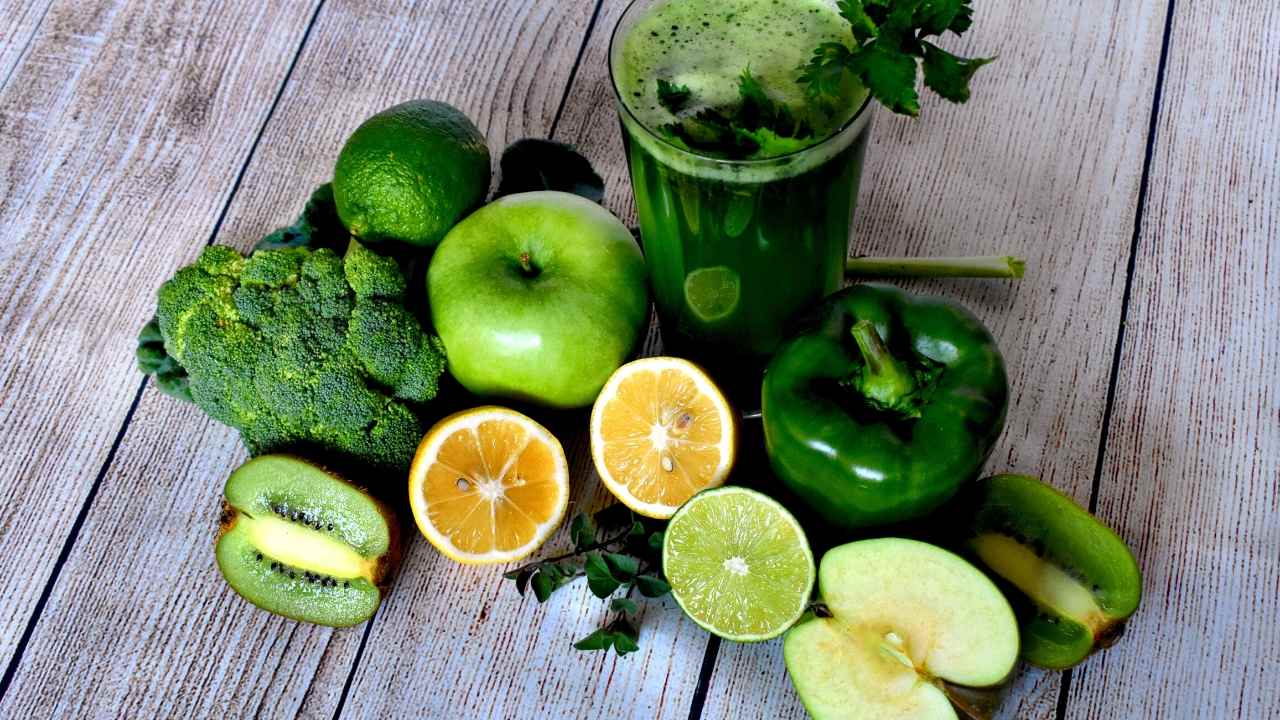
The healthy eating video is an excellent way to learn more how to eat well. This video covers a variety of topics, including the importance and relationship between healthy eating habits and increased cancer risk. Information on myths and facts about cancer and the connection between diet and exercise is also included. The following video provides some helpful tips and ideas for how to eat healthy and keep your body in shape. It's a valuable tool that can be used by both people who care about their health and those with diabetes.

We identified 10 clusters based on 4654 YouTube comments. These relationships were only significant if the P values for these clusters were less than.001. It is important that you remember that not all videos will be the same. The content of each video will have a different result. However, the ultimate goal of any healthy video about eating is to educate and improve people's nutrition.
The video covers fish, fat, salt, and other topics. The tips are easy to implement in the kitchen. You will find a step-by–step guide to how to make different dishes including Asian-Style Steamed Salmon. The recipes are easy-to-follow and can be placed on your fridge for quick access. A healthy eating video should be displayed in the kitchen to give people a better understanding of how to eat healthy.
FAQ
How does weight change with age?
How can you tell if your bodyweight has changed?
Weight loss occurs when there is less fat than muscle mass. This means that calories must be consumed at a rate greater than energy. Activity levels are the most common reason for weight loss. Other reasons include poor eating habits, stress, hormone imbalances, certain medications and illness. A person who has more fat than their muscle mass will experience weight gain. It occurs when people consume more calories per day than they need. It can be caused by overeating or increased physical activity as well hormonal changes.
Our bodies lose weight mainly because we eat less calories that we burn. Regular exercise increases metabolism, which means that we burn more calories per day. However, this doesn't mean that we'll necessarily get thinner; what matters is whether or not we're losing fat or gaining muscle. If we're burning more calories that we consume, we'll lose weight. If we consume more calories that we burn, we are actually storing them in fat.
As we get older, our movement speed slows down and so we move less. We also tend to eat less food than we did when we were younger. We tend to gain weight. However, our muscle mass is more important than we realize and makes us appear larger.
It's not possible to measure how much weight your body has lost without weighing yourself every week. There are many methods to measure your weight. You can also measure your waist, hips or thighs. Some people prefer using bathroom scales and others prefer tape measure.
Track your progress by measuring your waistline and weighing yourself every week. You can also take pictures of yourself every few months to see how far you've come.
You can also look up your height, weight and body measurements online to determine how much you weigh. If you're 5'10' tall and weigh 180lbs, you'd likely weigh 180lbs.
Exercise: Good or bad for immunity?
Exercise is good exercise for your immune system. Your body makes white blood cells that fight infections when you exercise. Your body also removes toxins. Exercise can prevent diseases such as cancer and heart disease. It can also lower stress levels.
However, exercising too much can weaken your immune system. You can cause muscle soreness by working out too hard. This causes inflammation and swelling. To fight infection, your body will produce more antibodies. These extra antibodies can lead to allergies or autoimmune disorders.
So, don't overdo it!
What should my weight be for my age and height? BMI calculator and chart
To determine how much weight loss you need, a BMI calculator is your best friend. A healthy BMI range should be between 18.5 and 24,000. To lose weight, you should aim for a loss of 10 pounds per year. Simply enter your height, weight and desired BMI into the BMI calculator to calculate it.
Check out this BMI chart to determine if you are overweight or obese.
Statistics
- Extra virgin olive oil may benefit heart health, as people who consume it have a lower risk for dying from heart attacks and strokes according to some evidence (57Trusted Source (healthline.com)
- According to the Physical Activity Guidelines for Americans, we should strive for at least 150 minutes of moderate intensity activity each week (54Trusted Source Smoking, harmful use of drugs, and alcohol abuse can all seriously negatively affect your health. (healthline.com)
- nutrients.[17]X Research sourceWhole grains to try include: 100% whole wheat pasta and bread, brown rice, whole grain oats, farro, millet, quinoa, and barley. (wikihow.com)
- According to the 2020 Dietary Guidelines for Americans, a balanced diet high in fruits and vegetables, lean protein, low-fat dairy and whole grains is needed for optimal energy. (mayoclinichealthsystem.org)
External Links
How To
What does the word "vitamin" mean?
Vitamins are organic compounds found naturally in food. Vitamins aid us in absorbing nutrients from the food we eat. Vitamins cannot be made by the body; they must be taken from food.
There are two types of vitamins: water soluble and fat soluble. Water-soluble vitamins dissolve easily when they are dissolved in water. You can find vitamin C,B1 or thiamine, B2 or riboflavin and B3 or niacin, B3/niacin, B6/pyridoxine, folic Acid, biotin and pantothenic Acid as examples. Fat-soluble vitamins can be stored in the liver or in fatty tissue. These include vitamin D, E and K, as well as beta carotene.
Vitamins can be classified by their biological activity. There are eight major groups of vitamins:
-
A - Essential for healthy growth and health maintenance.
-
C – essential for proper nerve function.
-
D - necessary for healthy bones and teeth.
-
E - Required for good vision & reproduction
-
K - required for healthy muscles and nerves.
-
P - Vital for strong bones and teeth.
-
Q - aids digestion, absorption and absorption iron
-
R - necessary for making red blood cells.
The recommended daily intake (RDA), of vitamins varies with age, gender and physical condition. RDA values are set by the U.S. Food and Drug Administration (FDA).
For adults 19 years and over, the RDA of vitamin A is 400mg per day. Pregnant mothers need 600 micrograms per days because it is vital for the development and growth of their baby. Children ages 1-8 require 900 micrograms per day. Babies under one-year old require 700 mg per day. Between 9 and 12 years of age, however, this drops to 500 mg per day.
Children aged between 1-18 years require 800 micrograms of sugar per day, while overweight children need 1000 micrograms. Children who are underweight receive 1200 micrograms every day to meet their nutritional requirements.
Children ages 4-8 years who have been diagnosed with anemia need 2200 micrograms per day of vitamin C.
2000 micrograms are required daily for good health in adults over 50. Because of their higher nutrient needs, women who are pregnant or nursing need 3000 mg per day.
Adults over 70 need 1500 micrograms daily, as they lose 10% of their muscle every ten years.
Women who are pregnant and lactating need more nutrients than the RDA. Pregnant woman need 4000 micrograms daily in pregnancy, and 2500 per day after childbirth. Breastfeeding mothers need 5000 micrograms per day when breast milk is being produced.